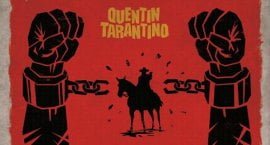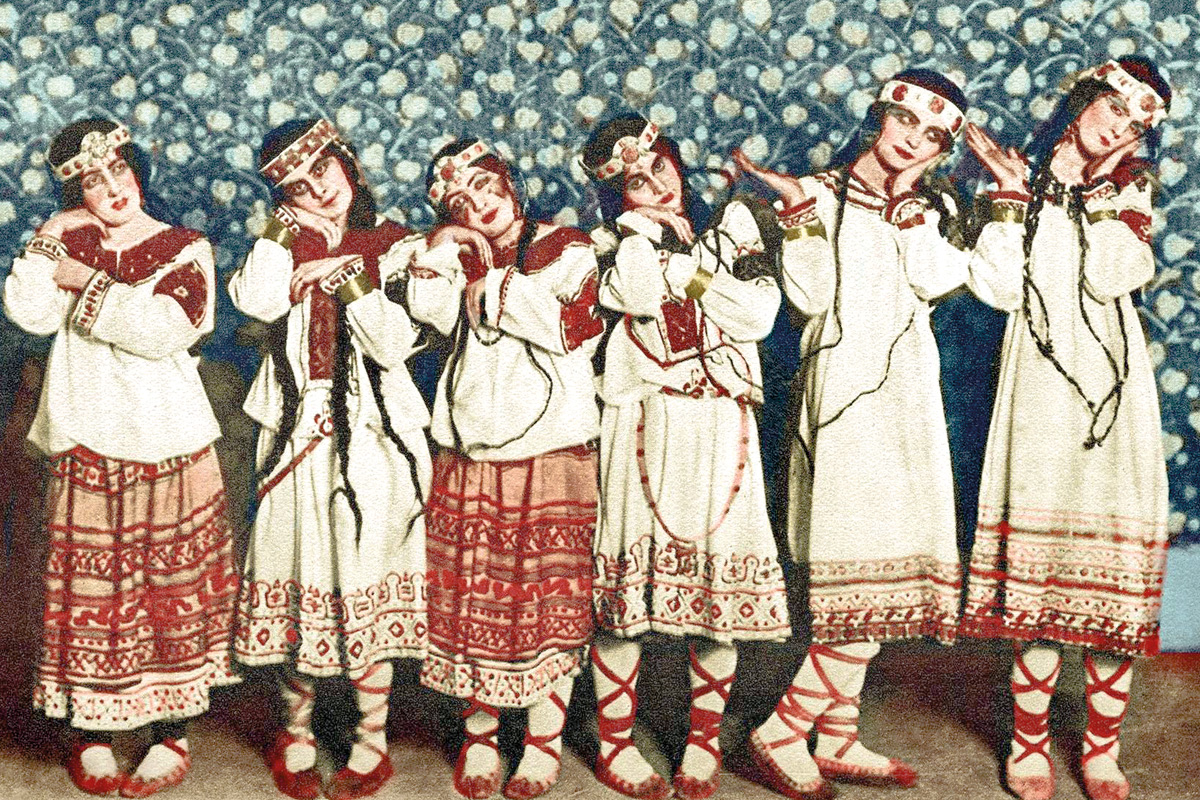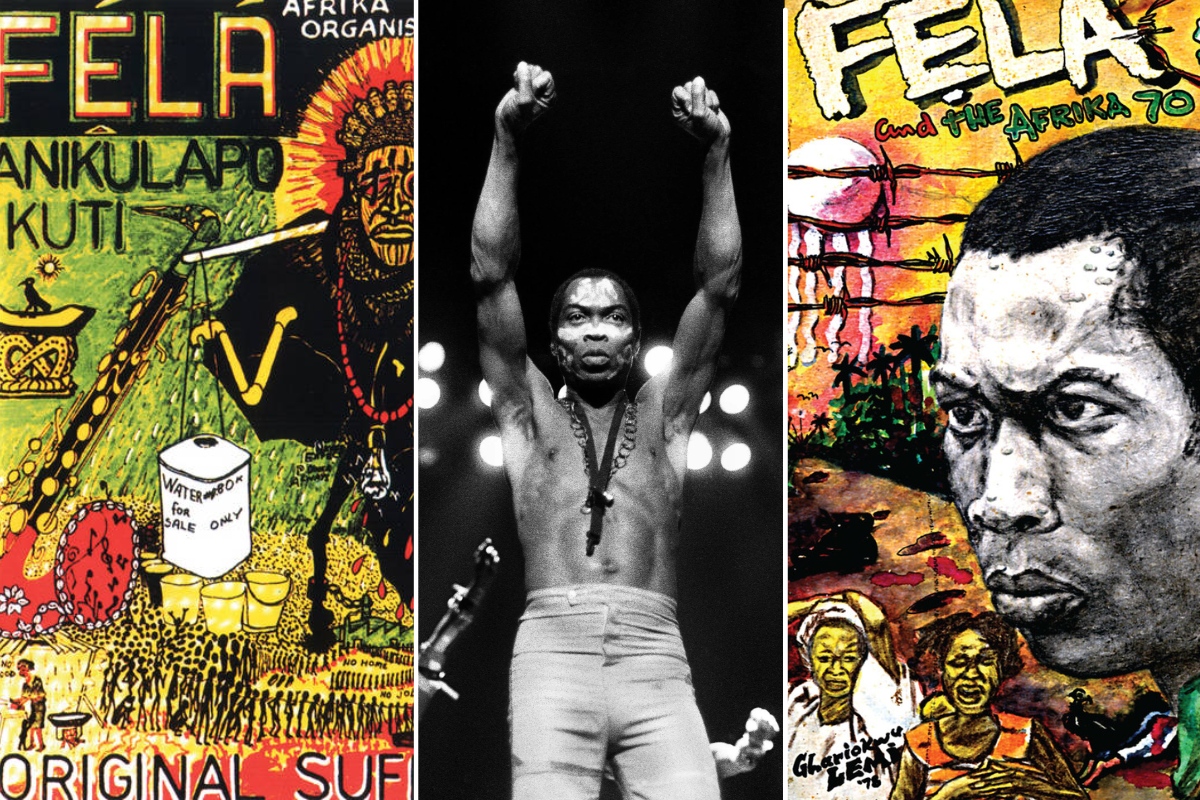With his new film Django Unchained, Quentin Tarantino taps into the world of the Italian “Spaghetti” Westerns that flowed out of Europe from the mid-Sixties onwards. Felix Lighter reviews the latest offering from Tarantino and looks back at the history of the Western.
For nearly two decades director Quentin Tarantino has been busily mining the rich wierd underbelly of exploitation cinema of the Sixties and Seventies. With his new film Django Unchained he taps into the world of the Italian “Spaghetti” Westerns that flowed out of Europe from the mid-Sixties onwards.
The film has attracted much controversy due to the considerable amount of violence shown – well this is a Quentin Tarantino film after all – and the way it depicts the world of slavery in the pre-civil war US South of 1858. However, it should be noted that Hollywood has over the years largely either avoided the subject of slavery or tried to gloss it over – see Gone With The Wind for example.
This film does, within its constraints, show slavery for what it really was – a brutal nasty degrading system in which blood was spilt for profit. This is summed up in the section of the film where the rescued slave Django arrives at the plantation of one Calvin Candle, a degenerate landowner who gains pleasure from seeing slaves fight to the death.
The rottenness of the Deep South is indicated both by the decaying state of Candle’s teeth and by the fact that it soon becomes clear that the whole plantation is actually being run by a ruthless turncoat slave called Stephen. Candle may think he is part of the master race but in fact he is quite useless at things.
Political undertones
In this film it also becomes clear that Tarantino has picked up not only on the familiar surreal comic book traits of the Spaghetti Westerns but also on its more interesting and political tones lurking beneath. The original Django film (with Franco Nero) from 1966 was shot not in the heat of Spain’s Almeria but in Italy in freezing mid-winter with rain and mud everywhere. In truth this was closer to the hardships of the real Wild West than anything shot by Hollywood to date (pre-Wild Bunch) with its smiling singing cowboys complete with nice white hats. In fact the original Django film was so grim and violent that it was banned from UK screens for many years – it is now available uncut with a 15 certificate!
Although it is not so apparent from the cut down versions shown originally in the US and here, there was a strain of Spaghetti Westerns which aimed to be rather more political than was the case with say the Dollars films of Clint Eastwood or other such films to come out of Europe at the start of the 1960s. The reason was clear – a radical mood was gripping youth in Italy and elsewhere from the mid-Sixties onwards and producers sought to capitalise on this.
In an article published in Cahiers du Cinema in 1970, Pierre Baudry writes of a “discourse on revolution” taking place, with the introduction of Mexican revolutionaries into the mix, joining corrupt lawmen and politicians, ruthless landowners, downtrodden peasants, gunfighters and so on. Particular examples of “red” westerns include: The Big Gundown/ La Resa dei Conti; A Bullet for the General/Quien Sabe?; Face to Face/Faccia a Faccia; A Professional Gun/ Il Mercenario; Companeros/Vamos a Matar, Companeros!; as well as parts of Sergio Leone’s Once Upon a Time in the West/C’era una Volta il West; and later on A Fistful of Dynamite/Giu La Testa, (complete with a quote from Mao before the opening credits), which was intended as a cynical response to the political Westerns. All these films are on DVD and well worth hunting down.
These were all movies made purely for quick profit but, like Django and Django Unchained, they end up revealing rather more than perhaps even the filmmakers realised. This new film is by no means perfect – it is rather overlong and prone to being somewhat wordy in parts but still worth seeing.






